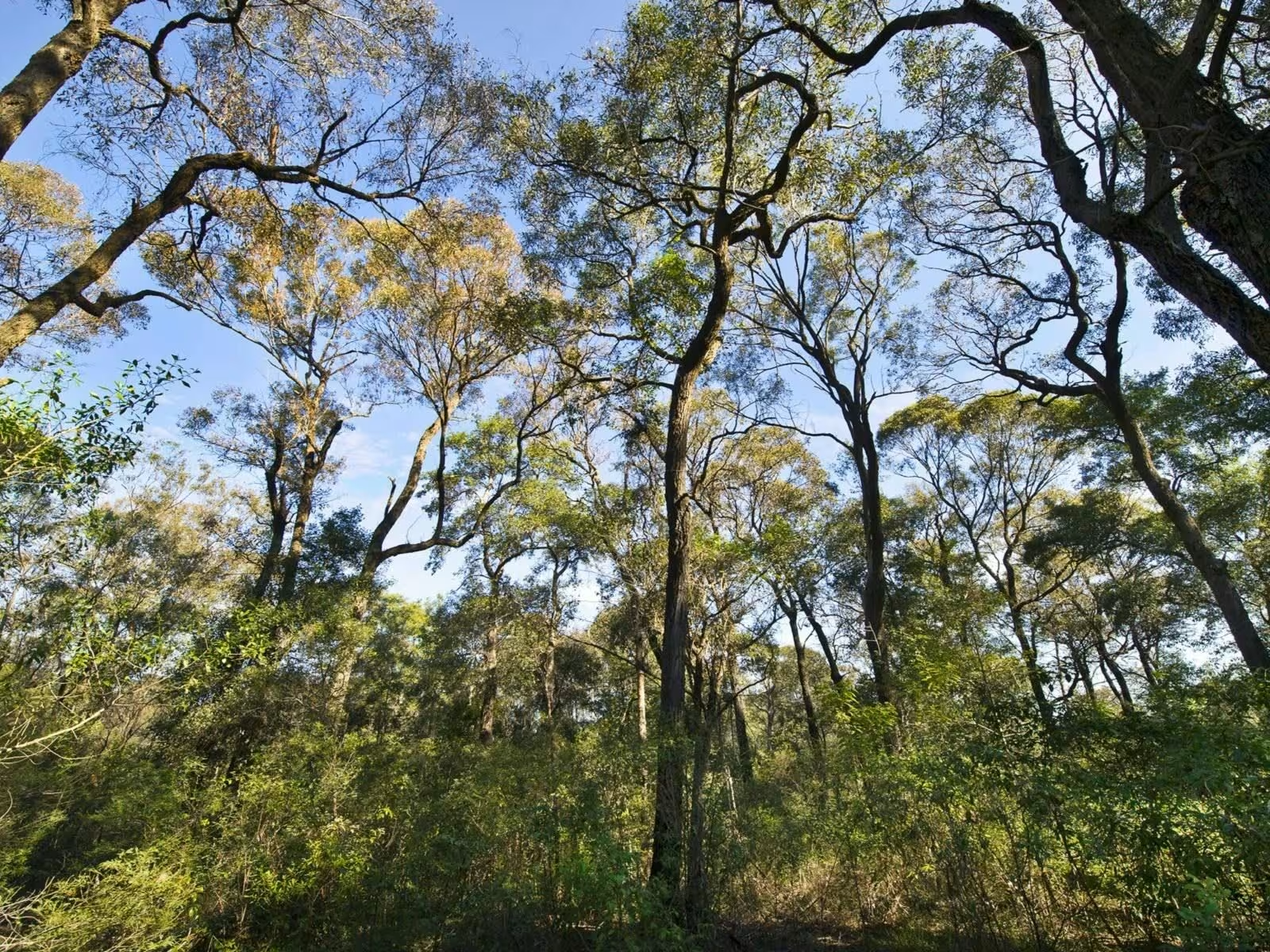
Lane Cove residents have been told to be on the look out for an invasive weed killing the area’s most endangered native plant species.
Spanish Moss is an escaped garden plant, but is classified as an environmental weed, capable of outcompeting native species. What started off as an ornamental plant in households has since spread to bushlands all over coastal NSW and QLD.
Recent heavy rainfall has created a spike in the moss spreading into wild spaces outside gardens across Sydney causing councils to send out warnings urging residents to check their gardens for the weed and take action against it.
This included Lane Cove Council who said the suburbs endangered Sydney Turpentine-Ironbark Forest and Blue Gum High Forest – which are key to local Endangered Ecological Communities – are at risk.
Willoughby Council also issued a warning via social media about the epiphytic plant asking residents to remove the moss and to refrain from purchasing or sharing it.
Climate Council Policy Director Dr Carol Booth says residents need to take action in removing this ‘house plant’ from their gardens as it can be easily spread by humans and animals like so many other invasive species in Australia.
“It’s [Spanish Moss] not currently declared under any laws. Despite the risks, it remains a popular ornamental plant that can be legally sold across the country,” she said.
“More than 30,000 plant species have been imported into Australia for gardening, but fewer than a quarter have been assessed nationally for their weed risk. Some of our worst invasives – like lantana and blackberry – were once common garden plants.”

Although North-shore community conservation group STEP Inc flagged dense infestations of Spanish Moss in the upper Lane Cove River catchment area in their 2024 regional survey, Lane Cove Council have not issued any outbreak notices or active intervention alerts locally.
Council said it is aware of local infestations by the way of street trees and trees on private property, but are unable to enforce action due to the Biosecurity Act 2015. (More on that later.)
What Is Spanish Moss?
Spanish Moss originates from Central and South America and thrives in wet humid areas. It can be identified through its silver to grey-green leaves which are thread-like and curly ranging from 20-45 mm long.
The weed is problematic as it’s an epiphyte – a plant that grows on other plants. When this happens, its thick leaves shades and smoothers the host tree, blocking sunlight, causing branches to snap off, sometimes killing the host by preventing photosynthesis.

The plant is also spread quite easily. Its fluffy wind-borne seeds or fragments can be carried by wind, birds looking for nesting materials or human movement. This process makes it particularly hard to contain once it’s in the landscape.
The rate in which it grows is consequential to its environment. Anecdotally, it has been averaged at one metre a year on infested trees.
Spanish Moss remains a popular decorative plant and can be legally sold across the country.
What Is Being Done About Containment?
Unfortunately, due to the limited peer-reviewed research currently existing regarding Spanish Moss as a weed in the region, the NSW Department of Primary Industries has not classified it as a priority weed. Therefore, enforcement of control under the Biosecurity Act 2015 is not currently achievable and education is the most suitable course of action.
Lane Cove Council told ITC they are concerned about the weed’s increasing threat and have previously removed infestations of Spanish Moss from smothered street trees with Council’s tree team. But these efforts can only be continued once Council’s on-ground Tree Team is re-staffed.
They have also undertaken a public education campaign about the long-term impacts of this weed on Lane Cove’s bushland reserves and canopy. The information is in response to STEP’s preliminary assessment of Spanish Moss in Northern Sydney.
The Lane Cove Bushland and Conservation Society (LCBCS) said they are also aware of the issue and have advocated to Council about eradicating the species.
What Should Residents Do If They Spot Spanish Moss?
Council advises that residents:
- Carefully remove moss from private trees—gently hand-pull or prune in small patches
- Safely dispose of it—do not compost it; bag and send to general waste
- Coordinate with neighbours—joint removal is more effective
- Inform Council of identified infestations across the LGA
Spanish Moss is known for growing at great heights, so it’s not always easy to access, Dr Booth recommends using mechanical measures to protect yourself and surrounding trees when removing those hard to reach weeds.
“We recommend removing Spanish Moss from your garden, even if you’re not near bushland,” Dr Booth shared.
“It can be removed by hand, though this can be difficult on tall trees. Herbicides may also work, but there’s a risk they could harm the tree it’s growing on – so mechanical removal is the safer option where possible.”
Dr Booth said she and the Climate Council are calling on governments to take immediate steps to phase out high-risk species from nurseries and online marketplaces.
Help ITC to Keep Providing Free Local News in 2025
The link to support us is here.
The link to support us is here.

Thank You
Thank you to the In the Cove team, our advertisers, roving reporters and everyone who stops our founder, Jacky Barker, on the street and tells her how much In the Cove has helped them learn more about where they live.














